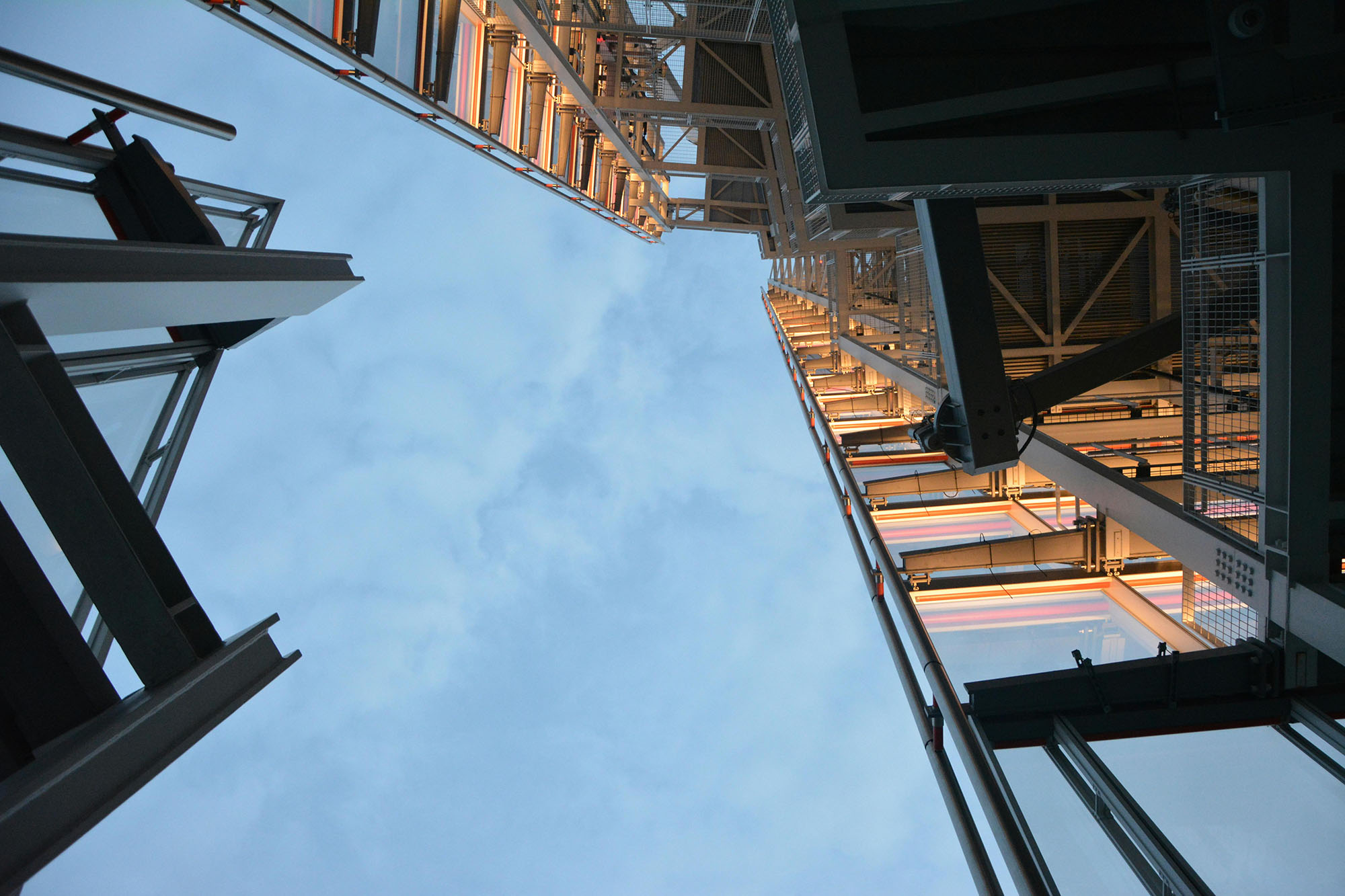

Building Innovation Hub: Decarbonization Resources for Washington DC
SWA has supported the Building Innovation Hub since its inception in 2019, and we continue to develop resources and share expertise to help break down local BEPS and net zero mandates and further building electrification.
Read



